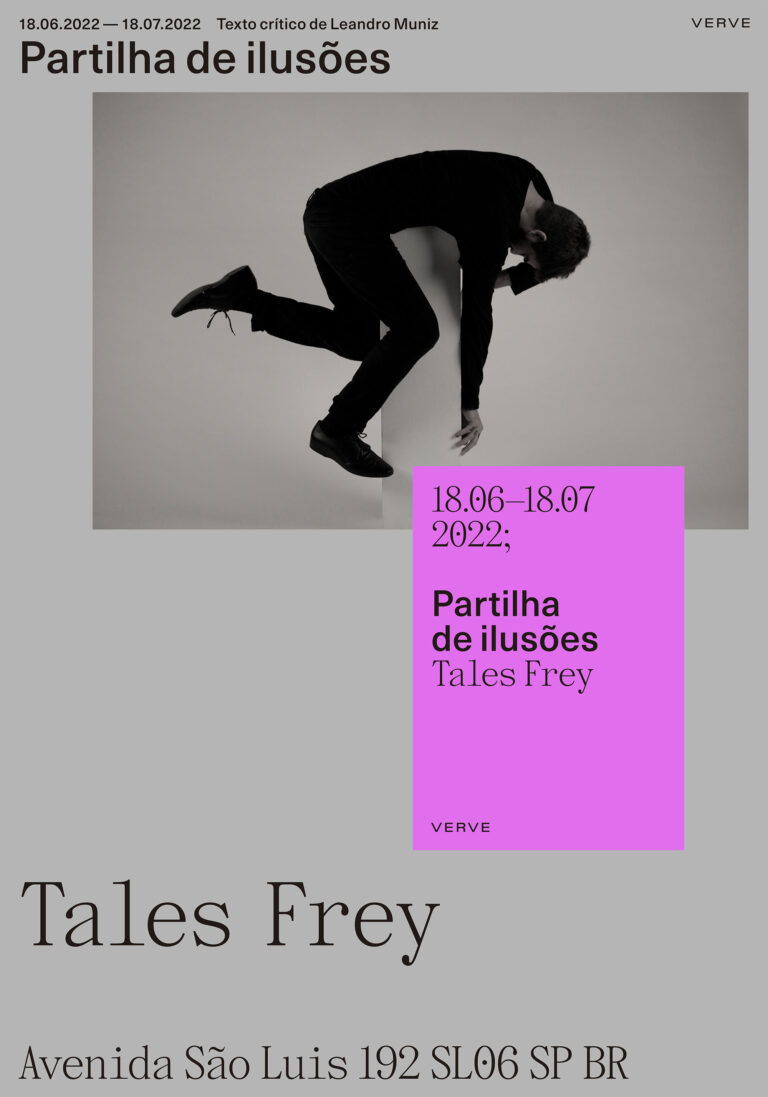Sharing of illusions [Partilha de ilusões]
Dear Tales,
It was on a monday morning that you sent me a DM inviting me to write this text. We didn’t know each other, so I only knew about your work through exhibitions or through algorithms that got it right by showing me clothes — which you call “garments” — built to connect two bodies by the legs, as in the performance – photo – video Tapete Vermelho [Red Carpet] (2019) ) or through the trunk, as in Fio Condutor [Wire Conductor] (2020).
Ever since I saw your production, I remembered how our dear Félix González-Torres (Cuba, 1957 – United States, 1996) introduced a homoerotic element [1] in the hallucination of neutrality of “minimalist aesthetics” — which, deep down, has highly presupposed male, white, and American, that is, something quite localized. He stressed abstraction and autobiography, while you, in your doubles and multiples, use objects and signs that lead me to think of a universe related to the urban middle classes, with the social and racial implications of this context. Luminous neons or acrylic signs, velvet clothes, gray hoodies and t-shirts, backlights, high heels, tutus. Elements with heavily encoded gender markers that you recombine, demonstrating the limits of binary thinking and other possibilities for articulation.
In some conversation, you mentioned that when you were little, your mother had a women’s gym. Far beyond a personal anecdote, this fact led me to elaborate some questions. First, how this imagery of neons, red dresses and advertising icons seems to relate to an era. Perhaps your adolescence and early adulthood between the 1990s and 2000s, while you were still studying and working in theater. This is important information, as you started in the so-called fine arts dealing with performance. You even edit a magazine [2] on the subject and, even in the production of objects, there is something performative and scenic in your practice.
But the most complex question that came to me was: What is the status of the body in your work? Something already converted into code. Maybe that’s why the elements you mobilize can be exchanged in multiple internal combinations, but also in different supports or, better, “bodies”. Finitas Contagens para infinitas variações [Finite Counts for Infinite Variations] (2017) emerged as a performance in which you reproduce the poses that Bruce McLean (1944), Scottish artist, developed in Pose work for plynth (1971) and which is the basis for his reinterpretation. Just as he presents the photos of the action in which he emulates a sculpture [3], you also present the images of what could be ephemeral.
Legs are another sign you deal with a lot. The sculpture Pé 45 Sem Par [Foot 45 Without Pair] (2021) is unfolded in videos that record his manipulations. There is another kinetic acrylic wall sculpture in which eight drawings of this member form a circle. Thighlighting (2020), with this title in english and the iconic and eye-catching aspect of an advertising gadget, keeps the same graphic aspect of other works, such as the backlights of the Dupla Penetração [Double penetration] series (2021) that show phallic shapes that create a kind of alphabet, sometimes presented only as outlines, sometimes only as shadows, or as a mixture of the two.
What does this body reduced to a code say about our historical moment? Of life mediated for so long by screens? Of instrumental social relationships? It is not about the body as interiority, or a phenomenological and indeterminate experience. Perhaps because gender and race are experiences that, deep down, are codes used to control power…
You are an artist who writes, edits, makes performances, objects, videos, photos, teaches and curates. The same problems are addressed and re-articulated both in internal variations in each of the works, as in the set of their activities. Eroticism and permutation. A polymorphism that makes me think about how capitalism camouflages itself and infiltrates the veins of the days to condition us. Would your work be an emulation of this problem? A critic? A symptom of that experience.
The Sharing of Illusions exhibition opens in June, the month of LGBTQIA+ pride and its anniversary. Under the sign of Gemini, you share with us your doubles, re-articulated bodies and projects carried out with other artists, friends, family and loves. Gêmexs Trapezistas [Trapeze twins] (2022), by the way, is the installation-instruction that invites the audience to this fragile balance experienced by two. These are unpublished works in São Paulo and which, in addition to being produced at different times, have already been presented in other situations — which makes me return, almost obsessively, incorporating their way of operating, to the possibilities of rearrangement within each work, between them and in their practice as a whole.
In black, white and red, the palette chosen for the show also seems to deal with color as a code, especially gender. The red and velvet drape of Sissyparity (2020) evoke party dresses and, from within a pile of fabric, you dress each of your limbs with an element, which generates the illusion of a profusion of different bodies and is reiterated by the mirrored way you present the photo or video doubles. But there is something important to comment on this work: the pun between the word “sissy”, a pejorative slang term for fag in English – and which, like “faggot”, our community positively incorporates – and the word cissiparity. This phenomenon is “a type of asexual reproduction […] observed in bacteria, and may also occur in some protozoa and yeasts” [4]. A body that divides itself potentially to infinity, therefore. We could make many readings of this association, but I will focus on the one that touches me the most: the problem of the double and its multiple derivatives as an existential position, so to speak, which implies welcoming diversity into unity and vice versa.
The problem of splitting (or sharing?) made me think of the character in the novel Avalovara whose name is a symbol. I imagine you haven’t had time to read this book since we started talking and you came to Brazil from Portugal for work. But I foresee your identification with this figure who has two bodies, two ages, two births, a “split and unified asteroid”, who sees the world “under a double optic” and speaks “with a double mouth”. Duplicity without antagonism. Multiplicity in unity. Perhaps inhabiting two thoughts and two bodies allows an opening and a fracture necessary for any germination. Fissure and freedom. Love and revolution.
I hope you are happy — just that — with the exhibition and the year ahead.
A hug
Leandro Muniz
June 2022
[1] See AULT, Julie (eds.). Félix Gonzalez-Torres. Gottingen: Steidl, 2006.
[2] The digital magazine Performatus, founded in 2012, whose editions are annual, is edited by Frey and the artist and researcher Hilda de Paulo, who is also his companion.
[3] In https://www.tate.org.uk/art/artworks/mclean-pose-work-for-plinths-3-t03274
[4] In https://brasilescola.uol.com.br/o-que-e/biologia/o-que-e-cissiparidade.htm
[5] LINS, Osman. Avalovara. São Paulo: Editora Melhoramentos, 1973.

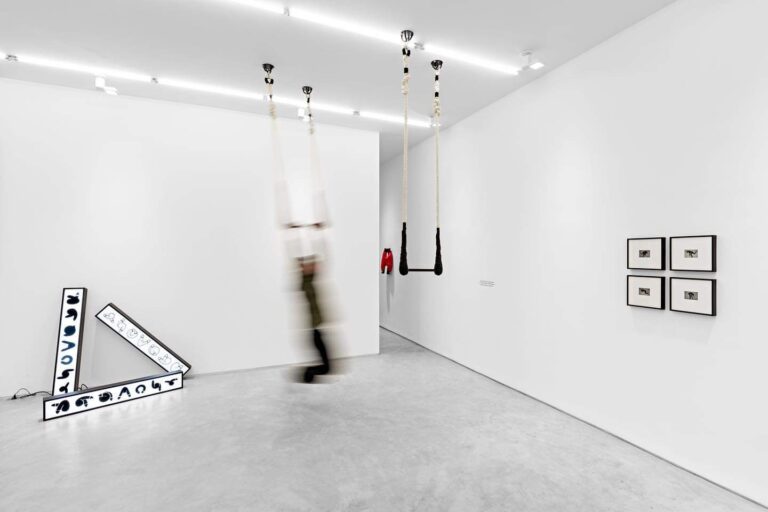
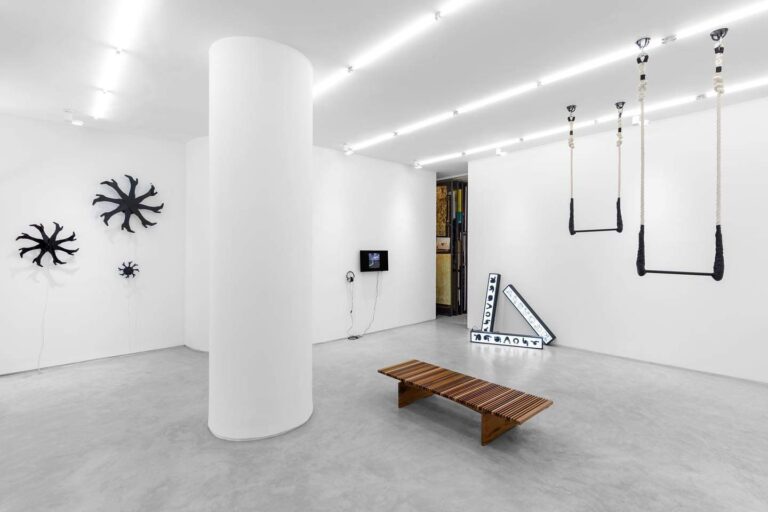
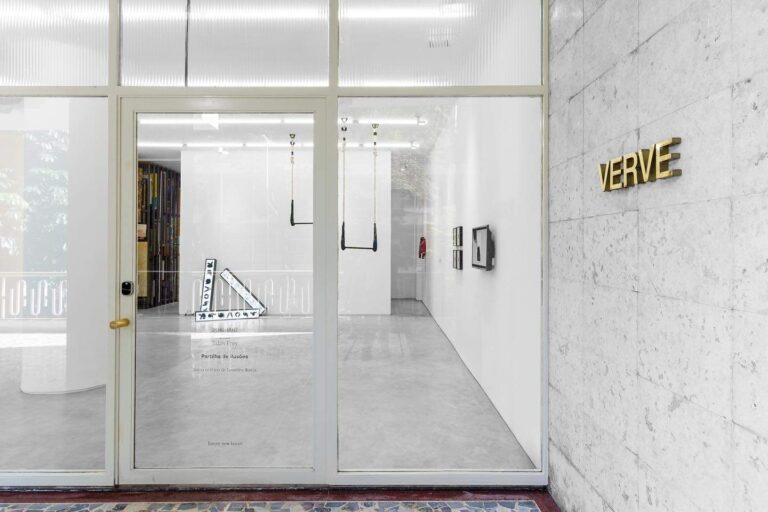
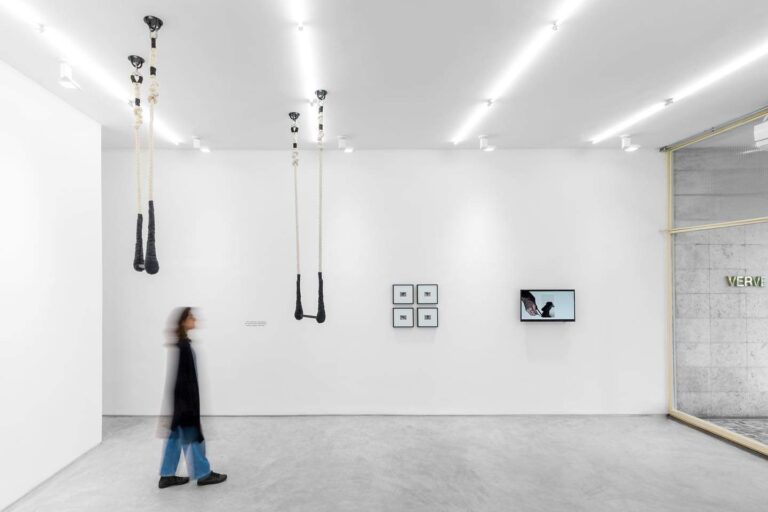
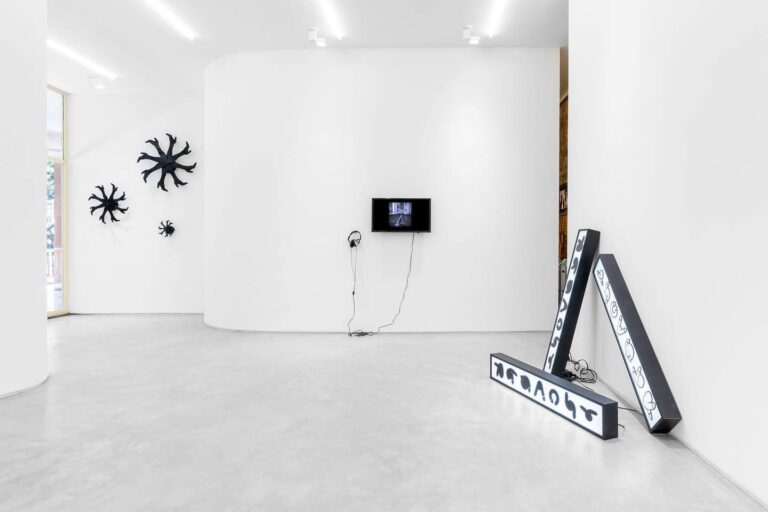
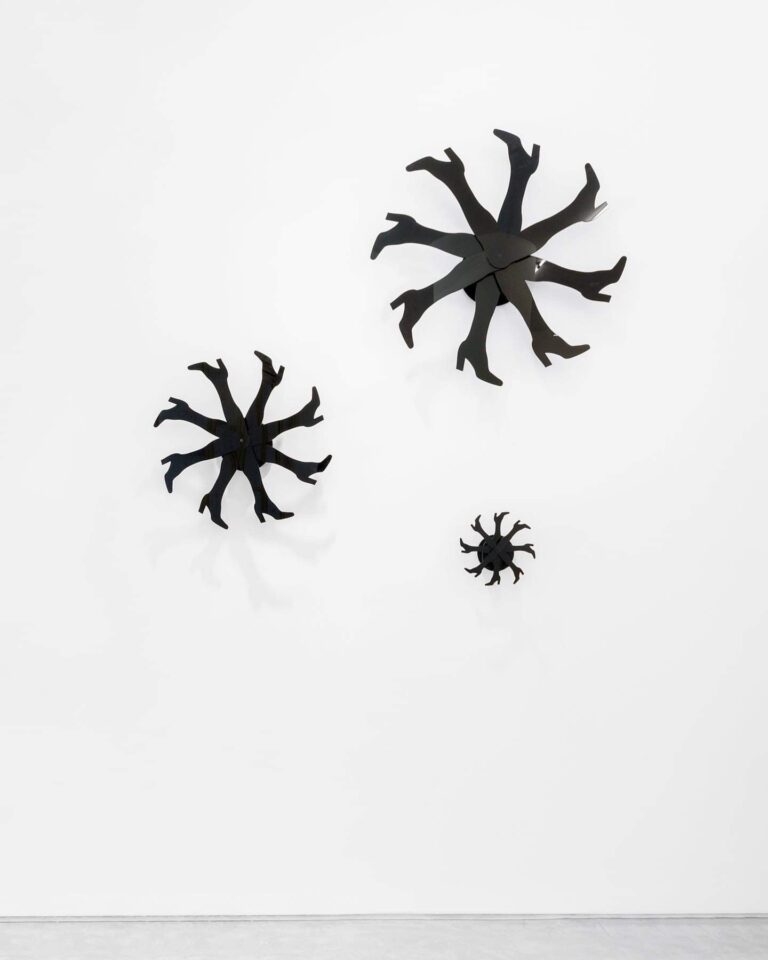
![Finitas Contagens para Infinitas Variações [Finite Counts for Infinite Variations]](https://www.vervegaleria.com/wp-content/uploads/2022/06/Finitas-Contagens-para-Infinitas-Variacoes-5-768x529.jpg)
![Dos gestos que sobrevivem em nós [Of the gestures that survive in us]](https://www.vervegaleria.com/wp-content/uploads/2022/06/gestos.gif)

